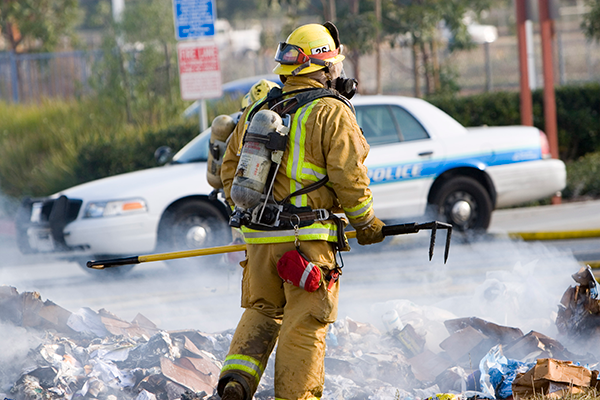The modern landscape of technology has seen the adoption of anti-consumer practices where devices and their features are continually improved but key functionalities or ‘consumer friendly’ features are removed. Today we explore what interoperability open standards are and how they are mainstays for Tait’s vision and future product developments.
Not to be confused with ‘DMR’, DRM or ‘Digital Rights Management’ is the management of legal access to tools, technological protection measures, and access control technologies. DRM usually covers only the digitization of content such as internet piracy, but what’s dubbed as the “second generation of DRM” seeks to take the focus away from security, encryption and most importantly technological capacity.
Parent companies tightening restrictions on what you can and can’t do with their devices is to partly negate risk on their side but also serves as a financial incentive to ‘lock’ consumers into using one type of device or network; where there is an issue with that network or device, only a registered technician from that company is able to service those technologies, as well as the communications fleet being made up of only one ‘brand’ of devices. This practice is anti-consumer and creates a problematic environment for those who utilize critical communications.

Fire and Ambulance Service responding to an emergency in Arthur’s Pass, New Zealand
Those more versed in communications technology will have heard the term ‘interoperability’ or ‘open standards’ thrown around, at a basic level it is the ability of equipment, systems, apps and various products from different vendors to operate in a coordinated way without involvement of the end user. In the communications industry this means that proprietors of one technology i.e. a Tait Portable Radio, can operate on the same network as a portable radio from a competing vendor also known as open standards interoperability.

Large scale applications of open standards interoperability are usually most concerned with first responders, where a multi-agency response to emergencies is crucial. In the US there are an estimated 37 million 911 calls a year to emergency medical service (EMS) alone, with an estimated 4.6 million people serving as either full-time or part-time first responders across fire, police and emergency medical services. The foundation of emergency response is the people, alongside key facilitators such as critical communications networks.
Open standards interoperability are key requirements of the Digital Mobile Radio Associations’ DMR Standards & the Telecommunications Industry Association’s Project 25. These standards seek to benefit critical industries and vendors, allowing them to sell more fit-for-purpose communications solutions.

Example of a ‘Tait P25 Trunked Network make-up accompanied by Tait devices
These standards apply to all devices, including portables, mobiles, base stations, networks, analog options and more. We believe this to be the best development practice for customers, and where they see the most benefits:
- Freedom of choice. Not ‘locked-in’ to one technology or vendor, able to choose the right mix of equipment for their fleet or working teams
- Value for money through competitive procurement – (buyers receiving bids from sellers)
- Open ended communications ecosystem enables multi-agency response to emergencies where multiple agencies are operating on different devices
- Access to an ecosystem of complementary solutions and applications (such as Tait Technology Partners) that also support open standards and multi-vendor compatibility
Open standards such as P25, DMR, TCP/IP, and LTE offer freedom of choice and avoid the pitfalls of proprietary hardware and software. Tait has earned a reputation as a vendor with genuine support for standards-based solutions. Tait plays an active part in advocating, designing, refining, and implementing these standards.
Keeping hardware and software solutions open and interoperable where technically feasible is the best way Tait, partnering organizations, and competitors can better serve comms solutions to critical industries. Tait will continue to develop software and technology solutions to these standards for years to come.
Read the latest Tait P25 Story here: Gainesville Enhances Public Safety Communications with Tait P25 Radio System.
 Learn more about P25 & DMR below:
Learn more about P25 & DMR below:
Tait Radio Academy: Introduction to P25
Tait Radio Academy: Introduction to DMR
Telecommunications Industry Associations ‘Project 25’




